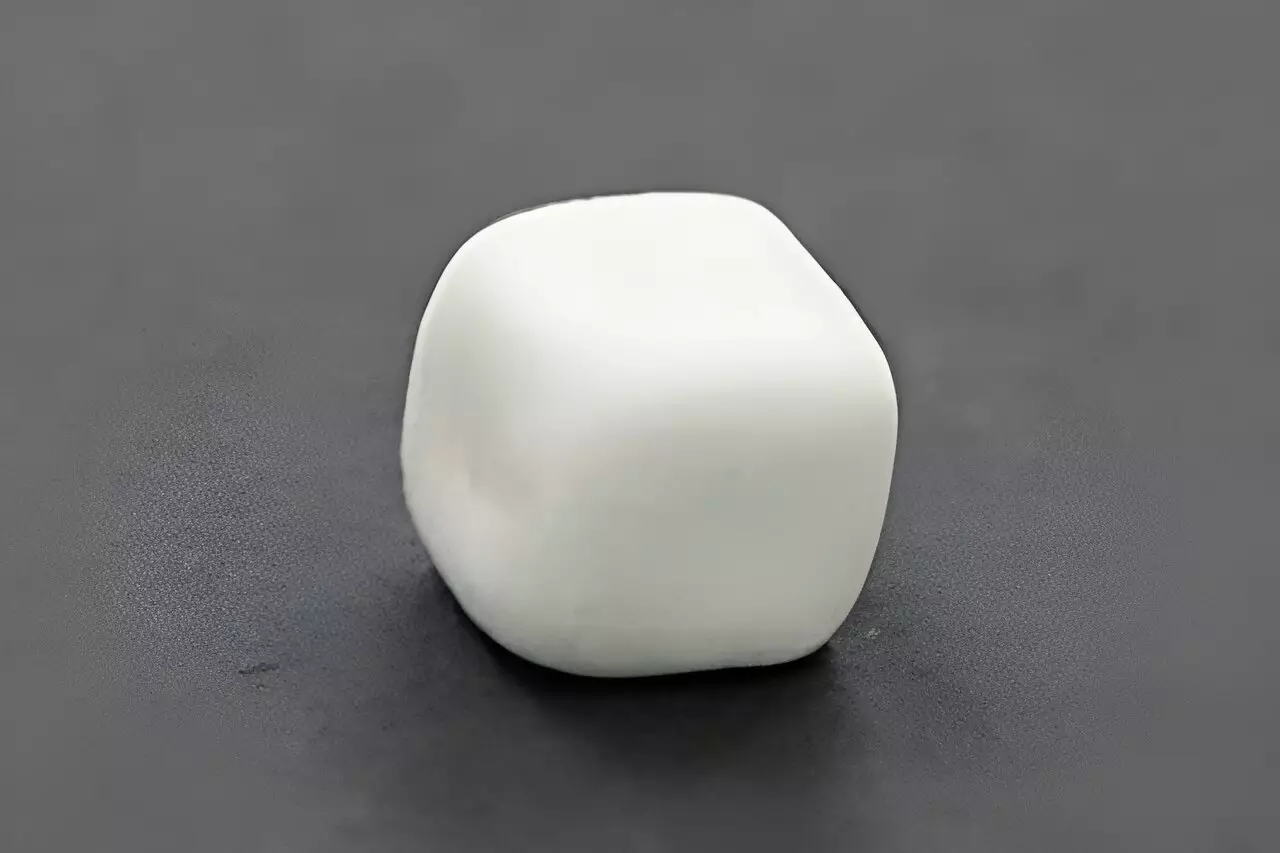The rapid development of technology over the past few decades has led to an increasing demand for efficient and long-lasting batteries. However, the current lithium-ion batteries that power our devices have several drawbacks, including limited battery life, the risk of fire, and high production costs. In order to overcome these challenges, researchers at the National High Magnetic Field Laboratory at Florida State University have been working on developing solid-state batteries. These batteries have the potential to revolutionize the field of energy storage and provide a safer and more efficient solution for our electronic devices.
The transition from liquid-electrolyte-based lithium-ion batteries to solid-state batteries has been a major focus of research in recent years. Solid-state batteries offer numerous advantages over their liquid counterparts, including enhanced safety features, higher energy densities, and longer battery life. This is due to the fact that solid-state batteries eliminate the flammable liquid electrolytes found in traditional batteries, reducing the risk of fire in cases of damage or overheating.
Despite the numerous benefits of solid-state batteries, there have been significant challenges that have hindered their widespread adoption. One major obstacle has been the high cost of production and the difficulty in manufacturing solid-state batteries in large quantities. However, the research team at Florida State University, led by Professor Yan-Yan Hu, is working on developing solid-state battery systems that not only overcome these production challenges, but also improve overall performance.
One of the critical components of a battery is the electrolyte, which acts as a separator between the positive and negative terminals. The research team at Florida State University has focused on analyzing the structures and properties of a promising electrolyte made of lithium chloride and gallium fluoride. Through their analysis, they discovered a strategy that promotes ion transport in solid electrolytes, enabling faster charging and longer battery life.
One of the key findings of the research is the phenomenon of charge clustering, which occurs when chlorine and fluorine combine in the electrolyte. This charge clustering weakens the bond between the lithium ions and other components, allowing for faster and more efficient movement of lithium ions within the electrolyte. This discovery has significant implications for improving the overall performance of solid-state batteries.
Another interesting aspect of the research is the clay-like quality of the electrolyte material. This unique characteristic allows the material to be shaped and molded to fit any space, improving the contact between the electrolyte and electrodes. This flexibility in design provides opportunities for creating batteries that are tailored to specific device requirements and can potentially enhance overall battery performance.
The research conducted at Florida State University was done in collaboration with Samsung, specifically through its Advanced Institute of Technology. Samsung has been at the forefront of solid-state battery research, aiming to develop batteries that not only offer superior performance but can also be produced quickly and cost-effectively at scale. This collaboration highlights the importance of industry-academic partnerships in driving advancements in battery technology.
The advancements made by the research team at Florida State University provide a promising outlook for the future of solid-state battery technology. With their focus on improving performance and addressing production challenges, solid-state batteries may soon become the standard for energy storage in a wide range of electronic devices. The potential for longer battery life, improved safety features, and increased energy densities could greatly enhance the overall user experience and open doors for new possibilities in the world of technology.
The research conducted at the National High Magnetic Field Laboratory at Florida State University represents a significant step forward in the development of solid-state battery technology. By addressing the limitations of traditional lithium-ion batteries, these advancements hold the potential to revolutionize the field of energy storage. With further research and collaboration between academia and industry, solid-state batteries may soon become the norm, offering faster charging, longer battery life, and enhanced safety features for our electronic devices.



Leave a Reply